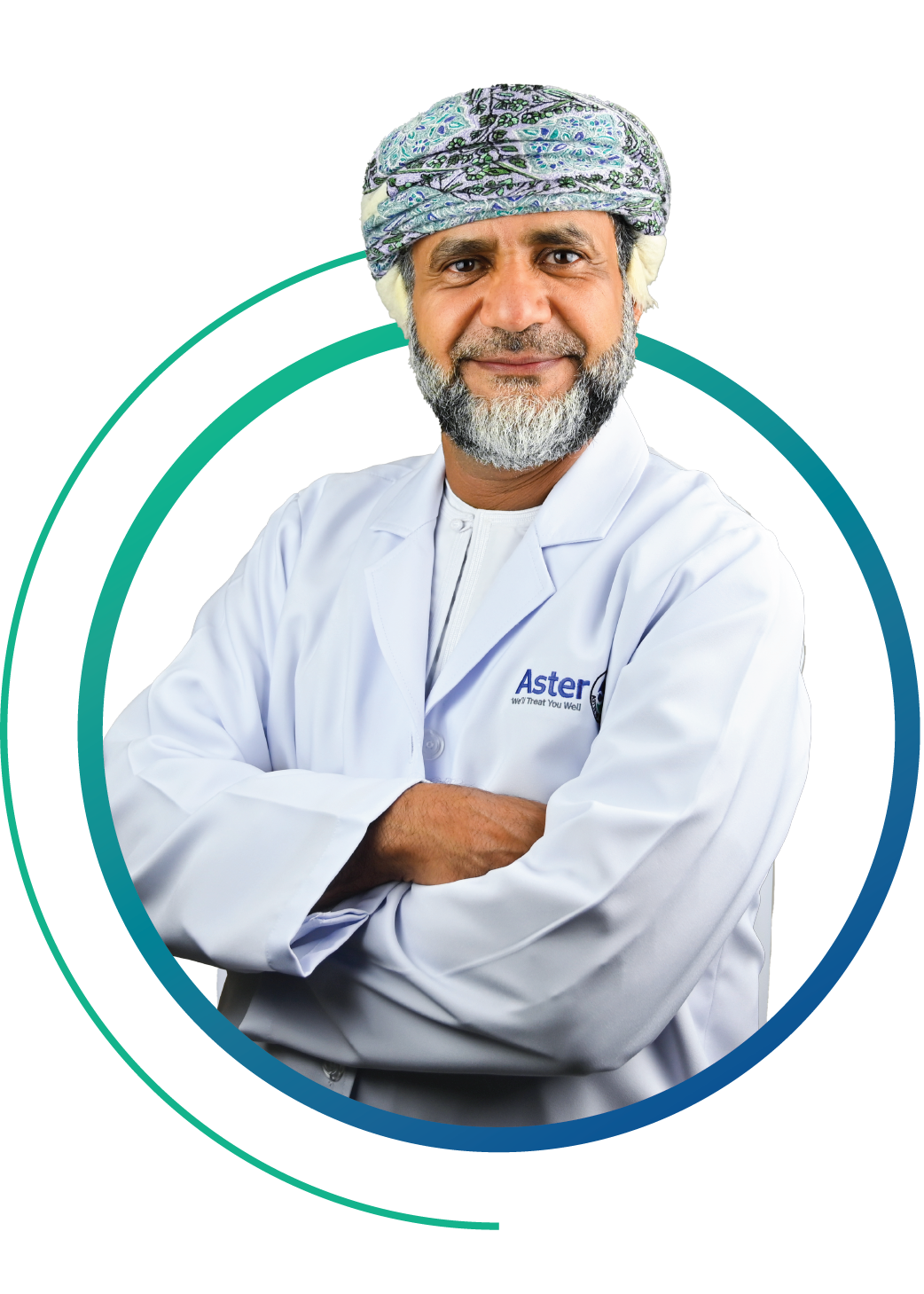Overview
The Cardiovascular Thoracic Surgery Department specializes in treating complex diseases of the heart, lungs, and chest. Our skilled surgeons perform life-saving surgeries using both traditional open-heart techniques and minimally invasive procedures. With advanced technology, we ensure precise and effective treatment for cardiovascular and thoracic conditions.
TREATMENTS & PROCEDURE
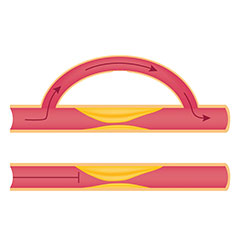
Restoring Heart Blood Flow by Bypassing Blocked Arteries
CABG is a life-saving procedure that improves blood flow to the heart by using a graft to bypass blocked coronary arteries. It’s the most effective treatment for severe coronary artery disease, reducing heart attack risk and relieving chest pain.
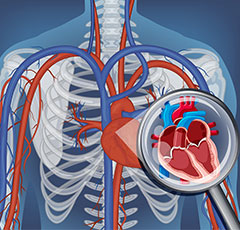
Repairing and Strengthening the Aorta to Prevent Rupture
Aortic aneurysm repair involves the surgical correction of a weakened or bulging section of the aorta, the main artery carrying blood from the heart. This procedure prevents life-threatening ruptures and ensures the integrity of the vascular system.
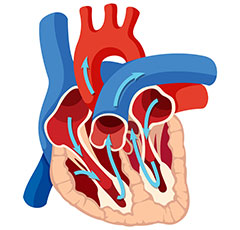
Restoring Function of Damaged Heart Valves for Better Blood Flow
Heart valve repair or replacement is performed to correct valves that are either narrowed or leaking. These surgeries restore normal blood flow, improving heart function and reducing symptoms like shortness of breath and fatigue.
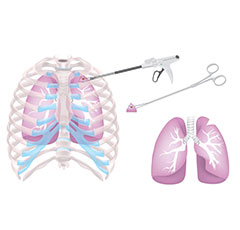
Surgical Removal of Diseased Lung Tissue to Improve Health
Lobectomy is the surgical removal of a lung lobe, commonly performed to treat lung cancer or severe infections. It helps prevent the spread of disease and can improve breathing and lung function in patients.
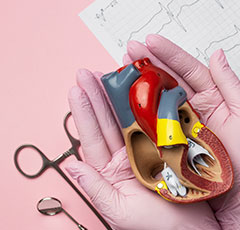
Performing Complex Heart Surgeries with Small Incisions
Minimally invasive heart surgery uses small incisions and advanced technology to perform complex procedures like valve repair and coronary artery bypass. It reduces recovery time, pain, and scarring, providing a faster return to daily activities.
Restoring Heart Blood Flow by Bypassing Blocked Arteries

CABG is a life-saving procedure that improves blood flow to the heart by using a graft to bypass blocked coronary arteries. It’s the most effective treatment for severe coronary artery disease, reducing heart attack risk and relieving chest pain.
Repairing and Strengthening the Aorta to Prevent Rupture

Aortic aneurysm repair involves the surgical correction of a weakened or bulging section of the aorta, the main artery carrying blood from the heart. This procedure prevents life-threatening ruptures and ensures the integrity of the vascular system.
Restoring Function of Damaged Heart Valves for Better Blood Flow

Heart valve repair or replacement is performed to correct valves that are either narrowed or leaking. These surgeries restore normal blood flow, improving heart function and reducing symptoms like shortness of breath and fatigue.
Surgical Removal of Diseased Lung Tissue to Improve Health

Lobectomy is the surgical removal of a lung lobe, commonly performed to treat lung cancer or severe infections. It helps prevent the spread of disease and can improve breathing and lung function in patients.
Performing Complex Heart Surgeries with Small Incisions

Minimally invasive heart surgery uses small incisions and advanced technology to perform complex procedures like valve repair and coronary artery bypass. It reduces recovery time, pain, and scarring, providing a faster return to daily activities.
Diseases treated
FAQs
Recovery typically takes 6-12 weeks. Most patients return to their normal activities within 3 months, with ongoing follow-up for heart health.
Symptoms include chest pain, shortness of breath, fatigue, and swelling in the legs. If medications don’t relieve symptoms, surgery may be recommended.
An aortic aneurysm is a bulge in the aorta that can burst if untreated. Surgery is needed when the aneurysm reaches a certain size or starts causing symptoms.
Recovery is typically faster than traditional open-heart surgery, with many patients returning to normal activities within 4-6 weeks.
Yes, many heart valve surgeries can be done using minimally invasive techniques, such as transcatheter or robotic-assisted procedures, which allow for smaller incisions and faster recovery.
Open-heart surgery involves a larger incision and stopping the heart temporarily, while minimally invasive techniques use smaller incisions, causing less trauma and faster recovery.
Yes, early-stage lung cancer can often be treated with a lobectomy, where the affected portion of the lung is removed. Other options include radiation or chemotherapy.
Post-surgery, patients should adopt a heart-healthy lifestyle, including regular exercise, a balanced diet, quitting smoking, and managing stress.
Cardiovascular Thoracic Surgery Doctors
